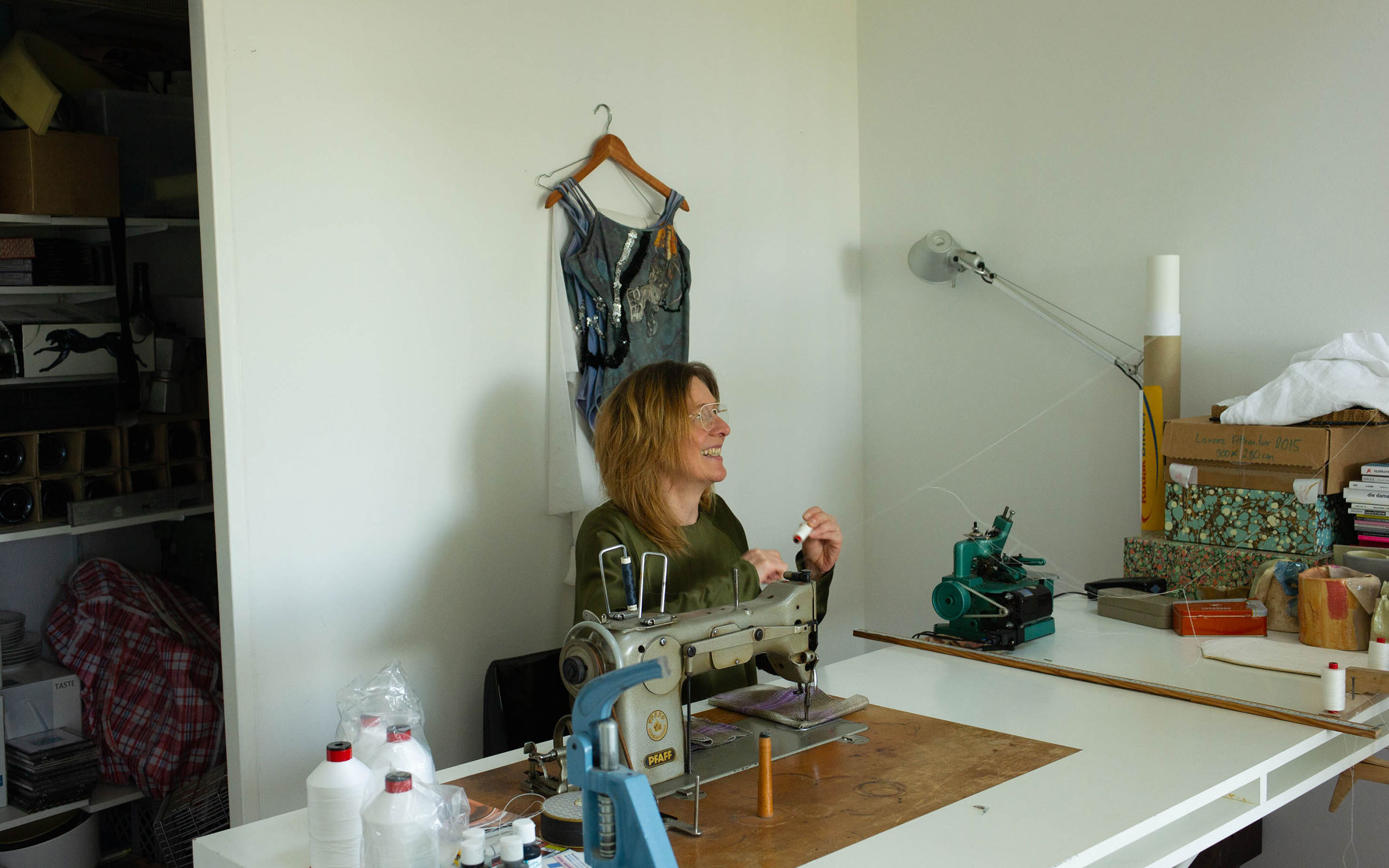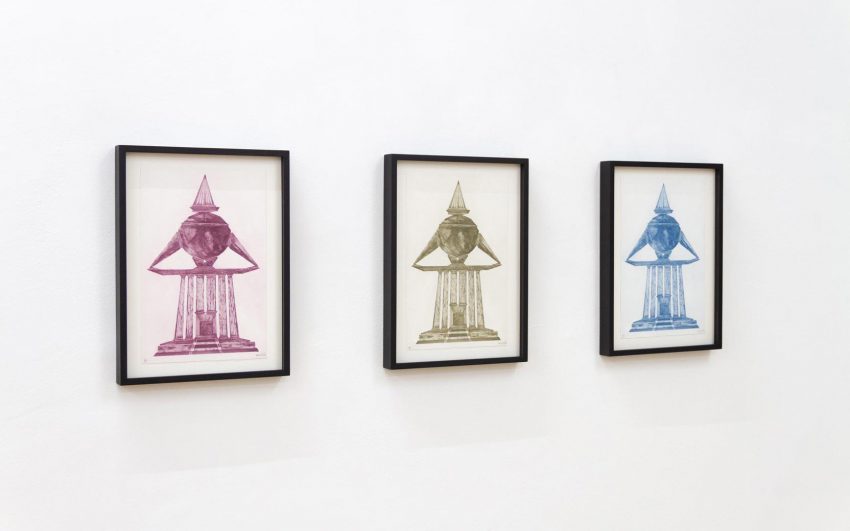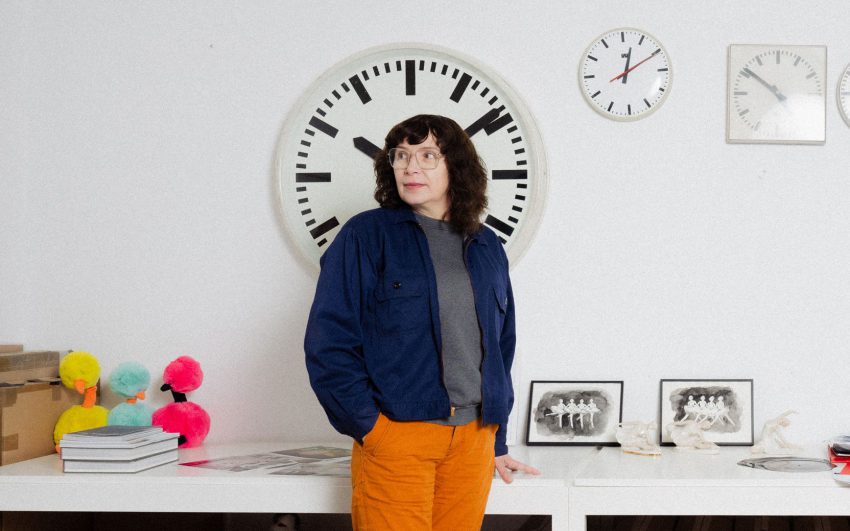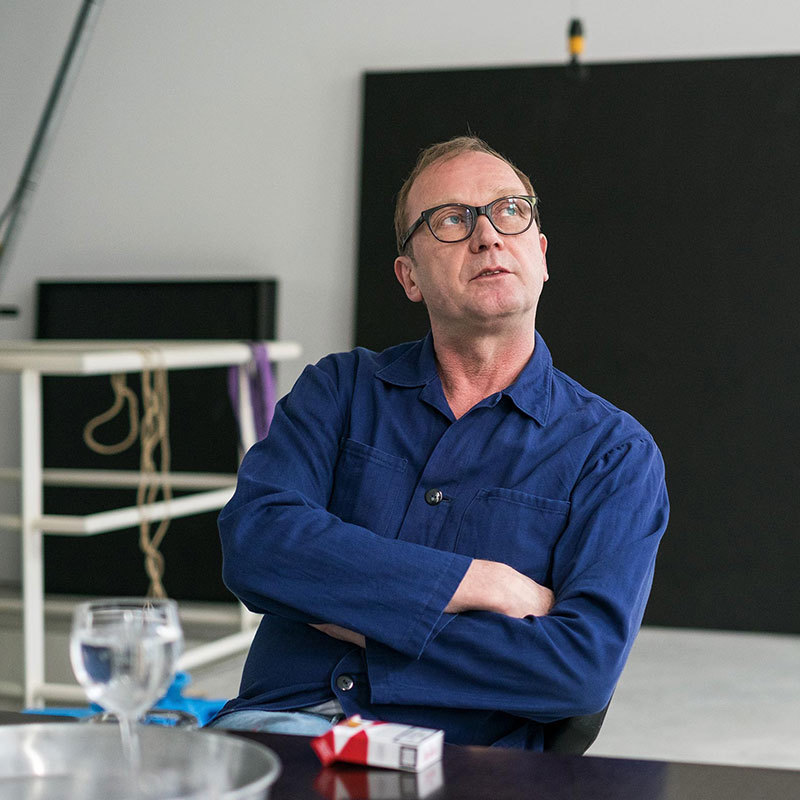The design potential of modern architecture runs like a red thread through the work of artist Isa Melsheimer, who lives in Berlin. For twenty years now, her installations have addressed questions regarding the development of urban living spaces and development aspects. Nature thrives in the enclosed biosystem within a glass cube. Raw materials such as concrete and ceramic are applied to sculptures that are reminiscent of ruins. Transparent materials and hyperboloid constructions provide a subtle setting to complete her installations.
Isa, in the fall of 2017 you had an artist residency on Fogo Island, the largest of the offshore islands in the North Atlantic, on the coast of New Foundland. How has this location impacted you?
Fogo Island is a very interesting place. The indigenous people of the island had for generations supported themselves by fishing, until overfishing in the surrounding waters threatened their livelihood and a crisis developed. With the creation of the “Shorefast Foundation” by Zita Cobb, the introduction of the artist-in-residence program and the construction of the Fogo Island Inn, the island developed into an artistic but also a touristy destination and the crisis was supposedly overcome. The tourist attractions on Fogo Island besides the whales are the swimming icebergs, which represent a symbol of the catastrophic climate change. In this respect, I expect the island will have to confront new problems. I think that the rise of the sea level may let Fogo Island disappear. If ths happens the island would belong to the sea creatures.
What influence did this observation have on your artistic work on location?
I became a tourist myself on Fogo Island because I had never seen a whale before. At the same time, I was examining and observing the relationship between man and nature. My studio had a window with a view of the Atlantic, which I covered with a light transparent piece of fabric. I began to embroider my daily observations on this material. Many lines emerged, waves, and certainly whales. I embroidered the plant life of the island and drew gouaches showing buildings and the sea world intertwined. These works have been inspired by Donna Haraway and her concept of “Tentacular Thinking”. One gouache for example shows an octopus that seems to scratch a building with its tentacles as if wanting to dispel it.
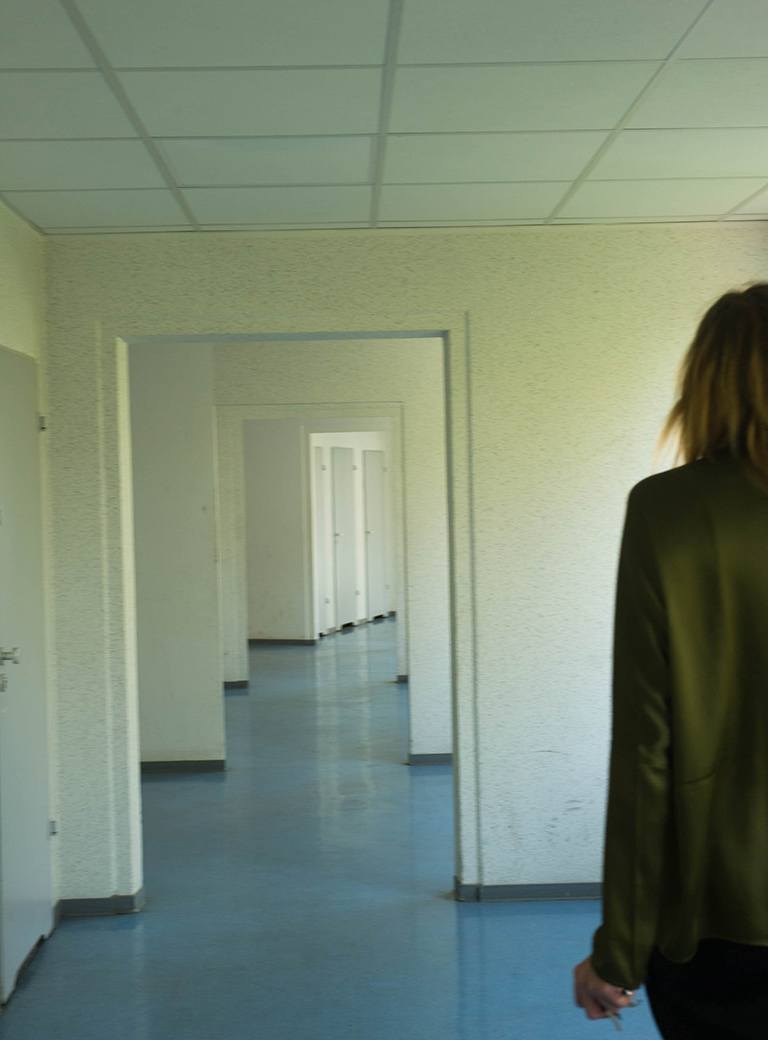
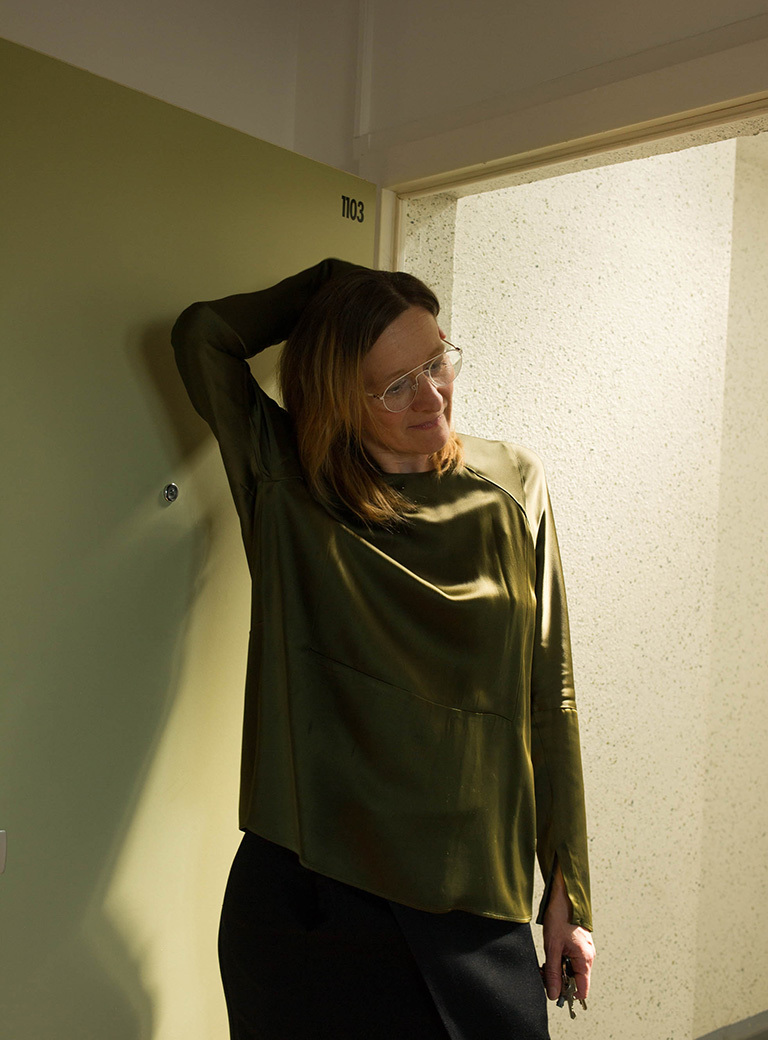
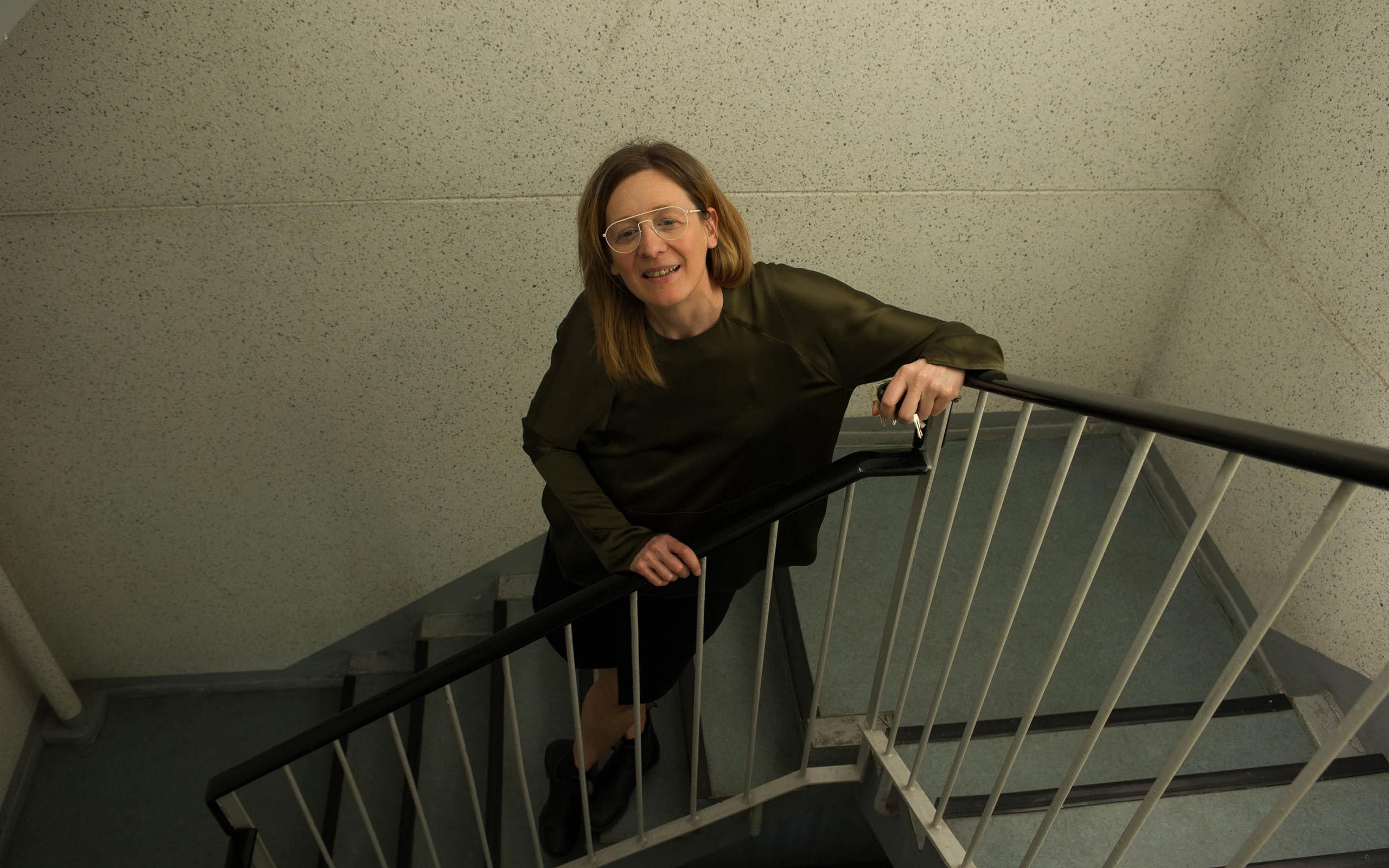
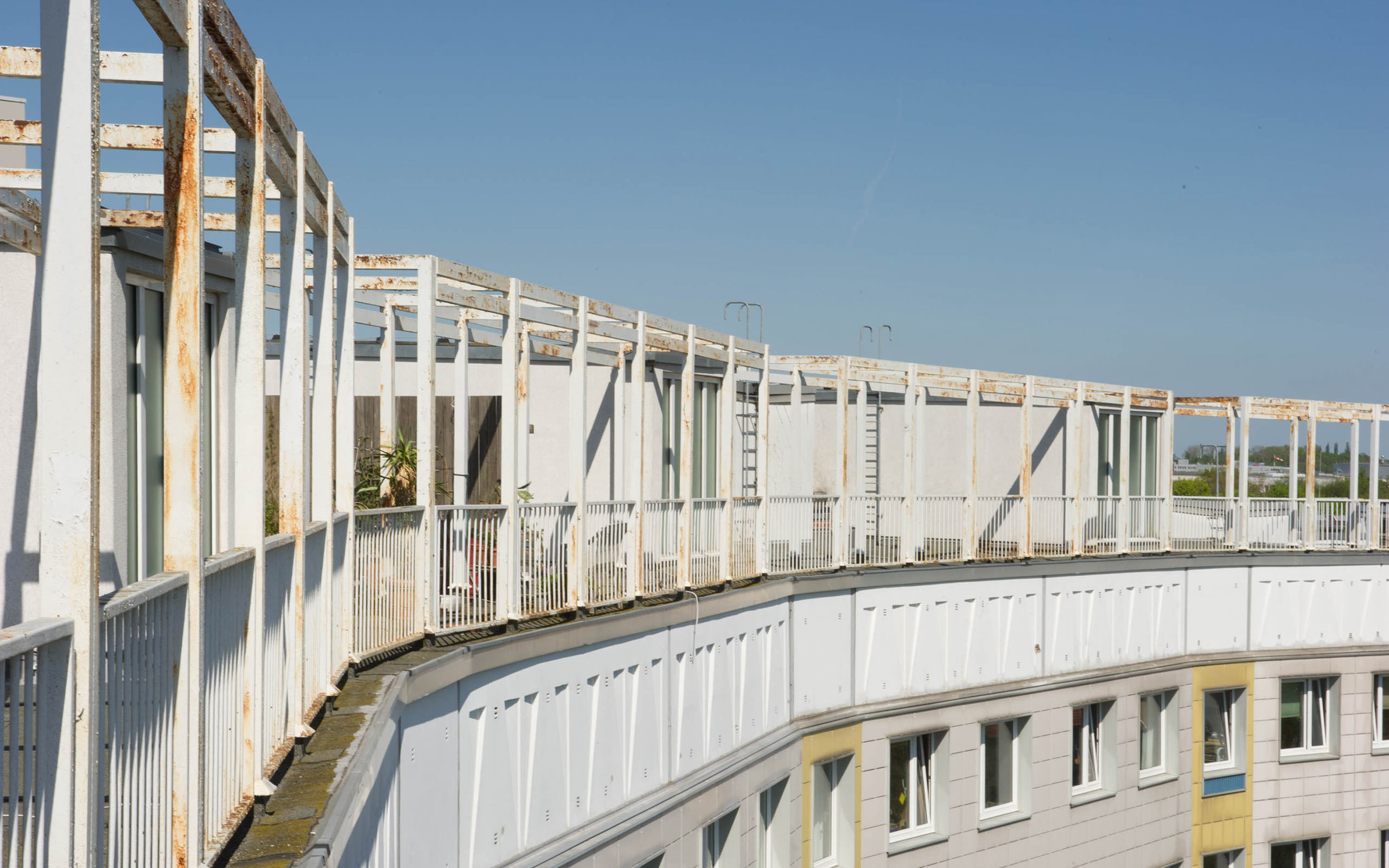
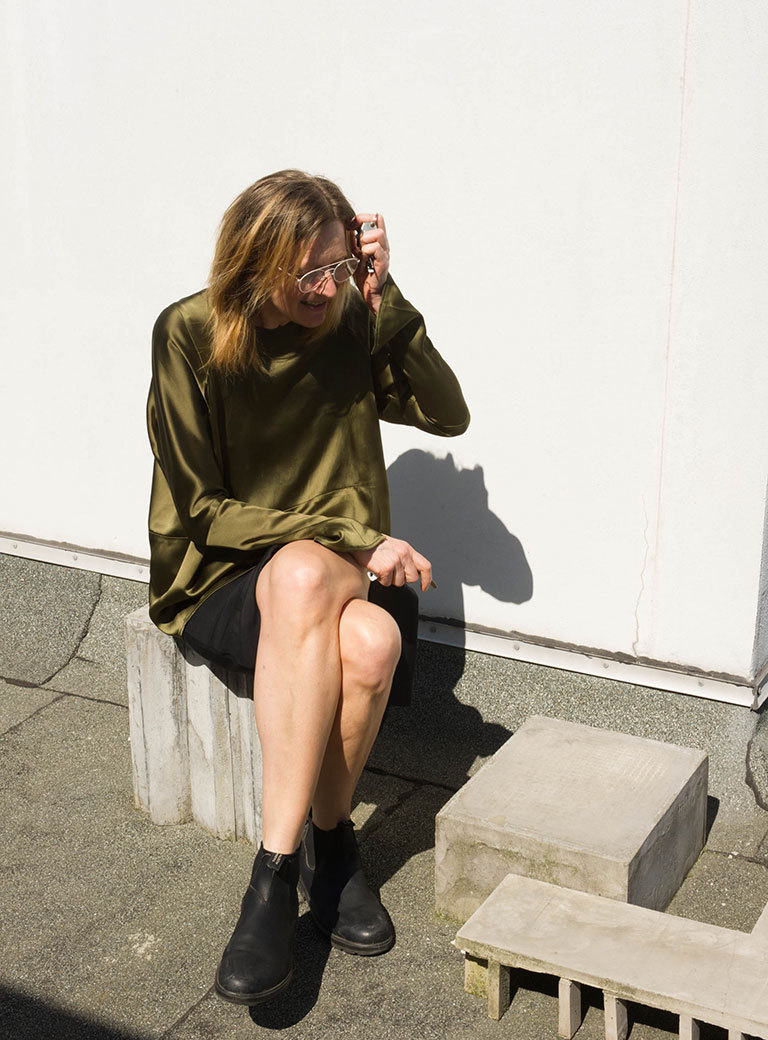
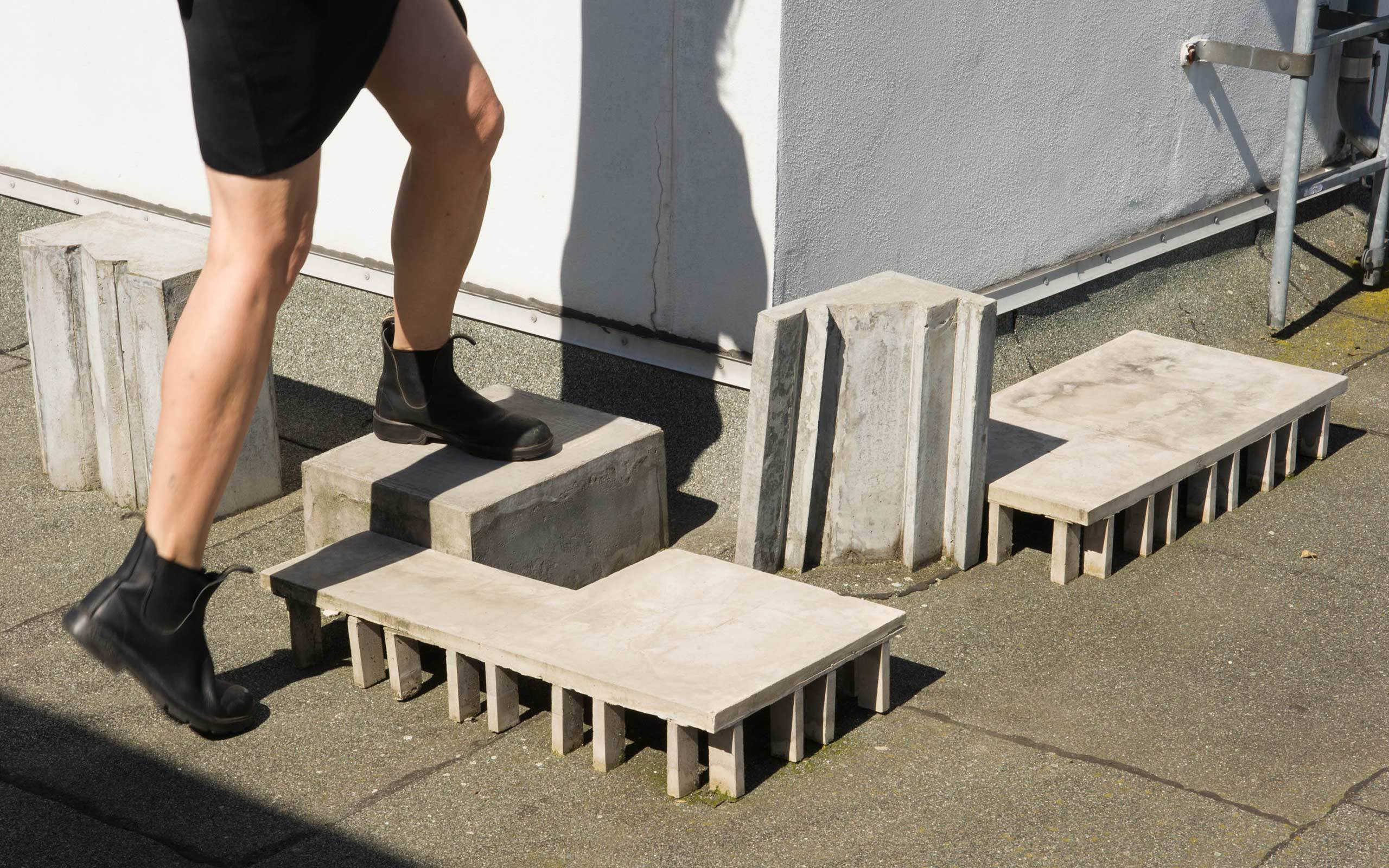
Asking with Donna Haraway, is it that the world an active system and every part follows its own aganda? Or does man regulate the environment and the environment merely responds?
We are still living in a man-made age using up resources incapacitating nature. We consume more than is allowed and man is the main actor deciding the history of our world. What is required is the balance between man, nature, and technology about which Donna Haraway writes in her book Staying with the Trouble. In her concept of the futuristic age of “Chthulucene” she declares that human will have to live in close family relations with non-human beings. I thematize these possible intertwinings leaving open whether it concerns displacement, adaption or relation.
Fogo Island is a very small island. How did you spend your time outside the studio?
I spent a lot of time reading. Furthermore I began hiking and collecting plant seeds. The collecting of plants goes back to my project Plant Hunters for which I used plant seeds from botanical gardens which for me represent colony in order to display captured nature. This way I reverse the theft. The collected seeds from Fogo Island will be included in my work Plant Hunters in which I let closed plant systems grow in “wardian cases”, also in glass boxes. I have used my time in order to collected the island as it were.
How long have you been working on Plant Hunters and how did this project start?
The project began 2012 in Lisbon, in the land of the greatest conqueror of Europe. Lisbon has three very beautiful botanical gardens, which I visited. At the same time, I began reading about the history of these gardens and the plant hunters. This way I came across Nathaniel Bagshaw Ward, the inventor of the “wardian cases”. Inspired by these “wardian cases” which seem to represent the first terraria for plants but mainly served to transport the plants across the ocean and protect them from salt water and the weather, I began to build closed systems. In these systems I planted my the seeds which I had hunted in botanical gardens and which worked for themselves. The plants supply themselves with oxygen, grow in directions they choose themselves and generate a humid climate in order to feed themselves. I do not interfere in these systems leaving them to themselves. It is exciting to watch how these closed systems develop. They are small botanical gardens in which moss and ferns prevail. The title of the series refers to the plant hunters about whom I read a lot before I started the project. I also study the availability of exotic plants today, which resulted from this development. In 2010, I realized the installation Ungeliebte Pflanzen (Unloved Plants) in the Forstgarten of Kleve across the Museum Kurhaus Kleve. On the occasion people could contribute plants that were not thriving beautifully in their own four walls. Many of these plants were exotic orchids which can be bought in any DIY store having lost their particularity already a long time ago.
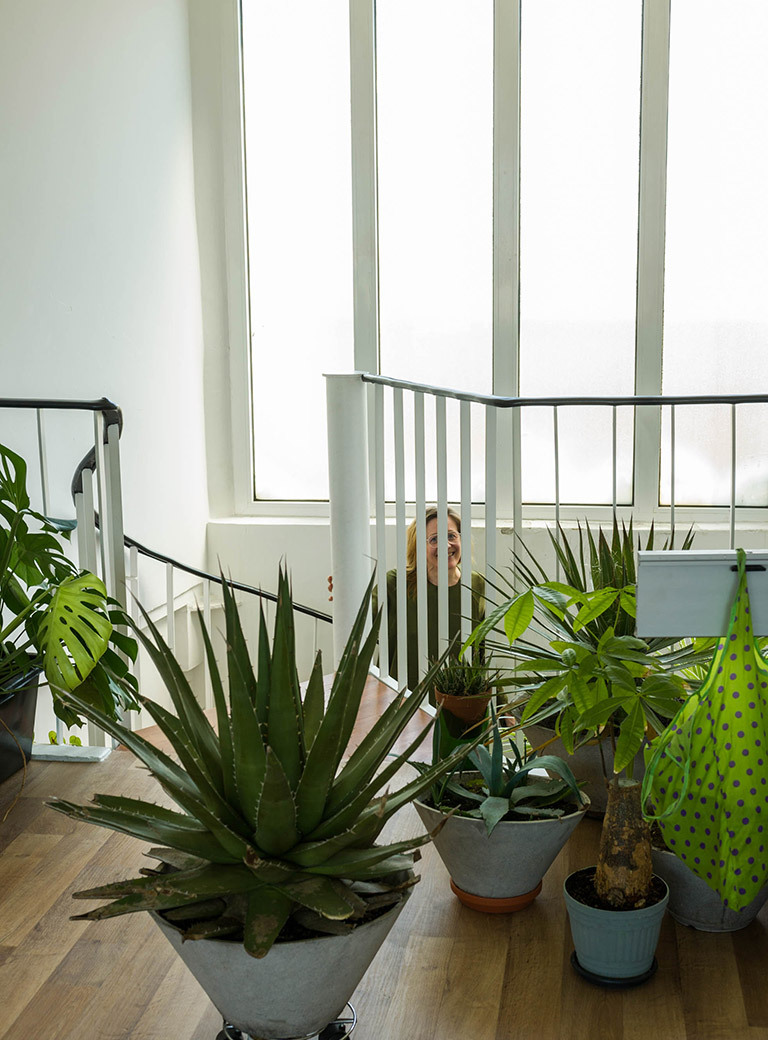
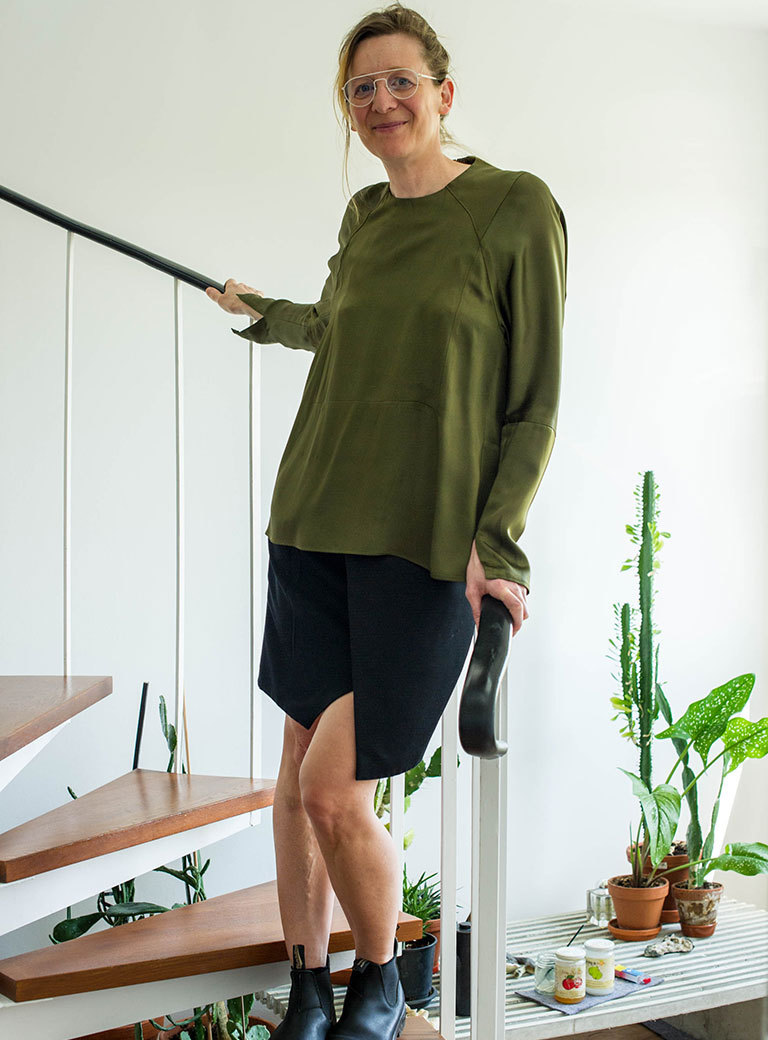
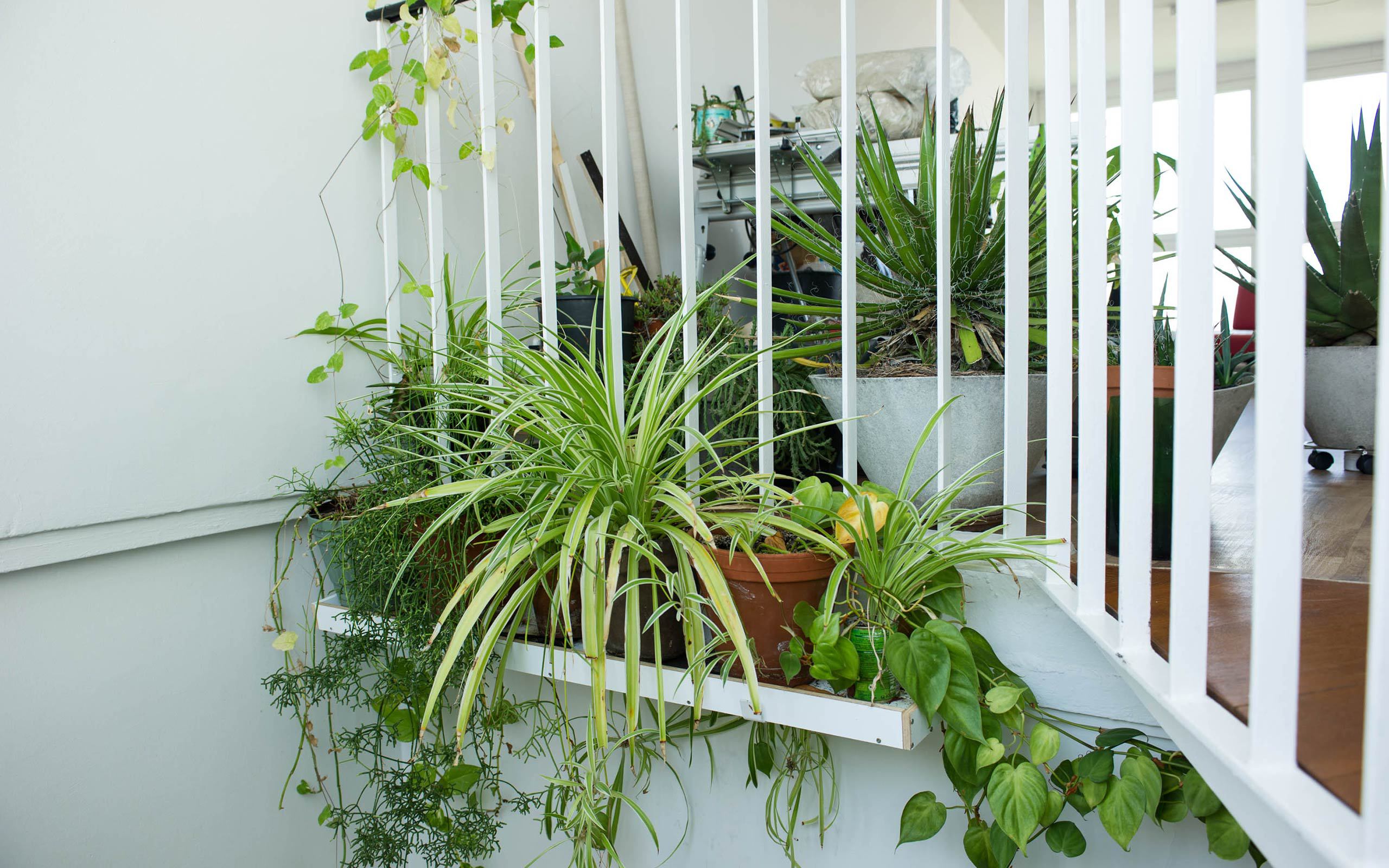
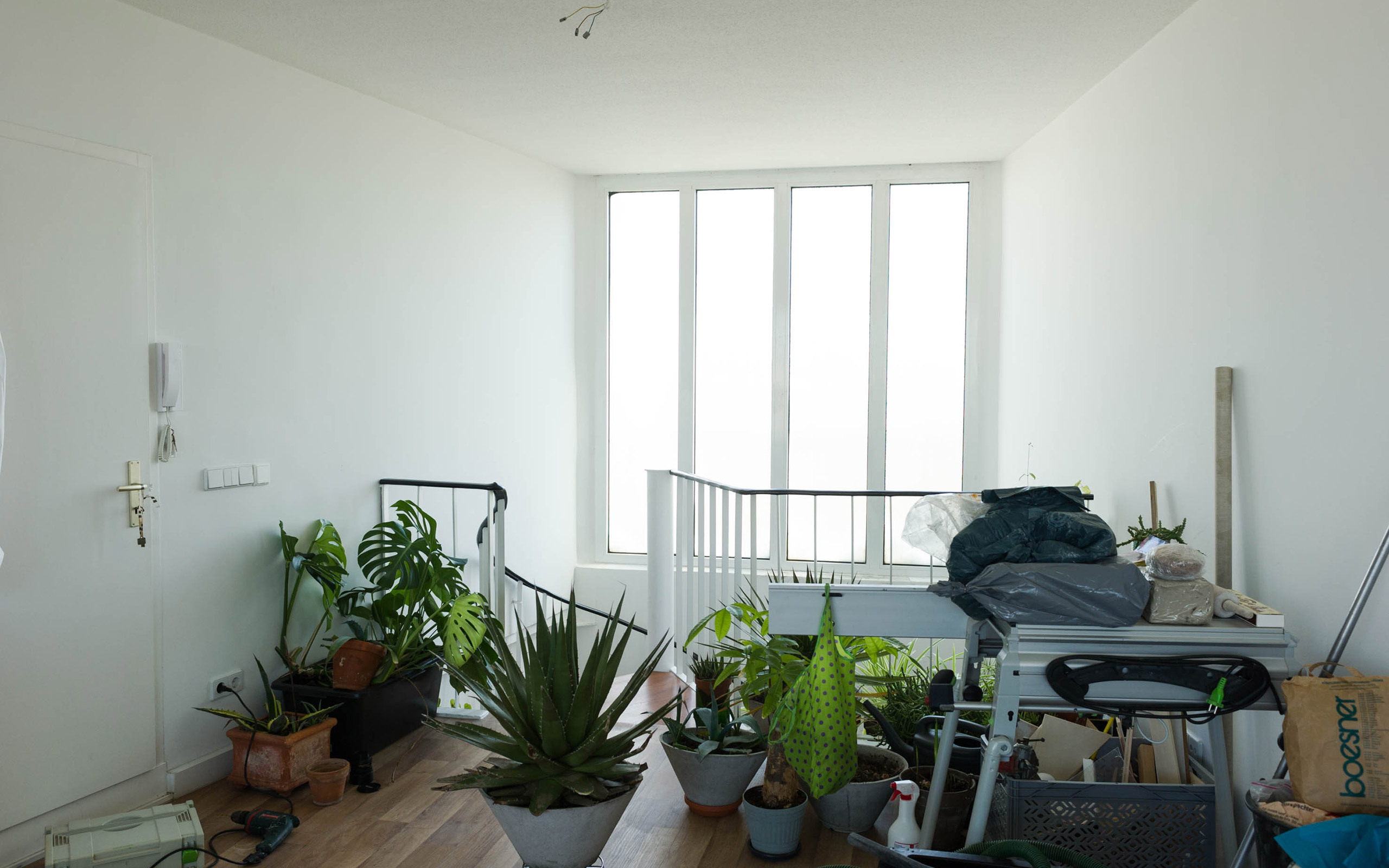
The works that you made on Fogo Island could be seen in the Fogo Island gallery under the title "The Year of the Whale". What can you tell us about the title?
I think the title is reminiscent of a Chinese horoscope that certainly doesn’t exist. But I found the concept that there would be a Year of the Whale exciting, what would such a year look like? How does a whale live? And what does it mean to live one year on Fogo Island?
You are among other things interested in the brutalist and modern architecture of the 1960s and 1970s. Last year, you were able to realize this interest artistically in the town of Marl, which is situated in the northern Ruhr industrial region.
Marl, like Fogo Island, is an exciting place. Marl appears as a concrete city, which in its isolation, manifests the character of an island. A large chemical plant and a number of former coal mines brought very much money into the city and construction began on a modernist city hall with an adjacent water pool after plans by the Dutch architects Johan Hendrik van den Broek and Jacob Berend Bakema. At the time, the building was acclaimed, but only thirty years later, the citizens of Marl regard it as ugly. The particular history of the architecture and its impact on the citizens interests me. I had the pool filled with water and invited six dancers in order to make the city a present of a water ballet. It resulted in a video work, which examines the optimism of the time and the idea of wealth in terms of modern architecture. It was especially exciting to see how positively the citizens reacted to my work and how the water pool and city hall shed their reproach of ugliness. With my work, if you wish, I animate buildings. I have also shown the video on Fogo Island.
Is art a sheet anker for places like Fogo Island or the city of Marl?
I think Zita Cobb had this idea when she invested time and money in Fogo Island. Unloved places and seeming ugliness can be transformed by art. A possible reason for this may be the different approach of artists. In my work The Possibility of Ruins I have been involved with buildings that were to be demolished in order to sow their beauty. Thinking of Marl I am glad to know that the city hall is under historic preservation.
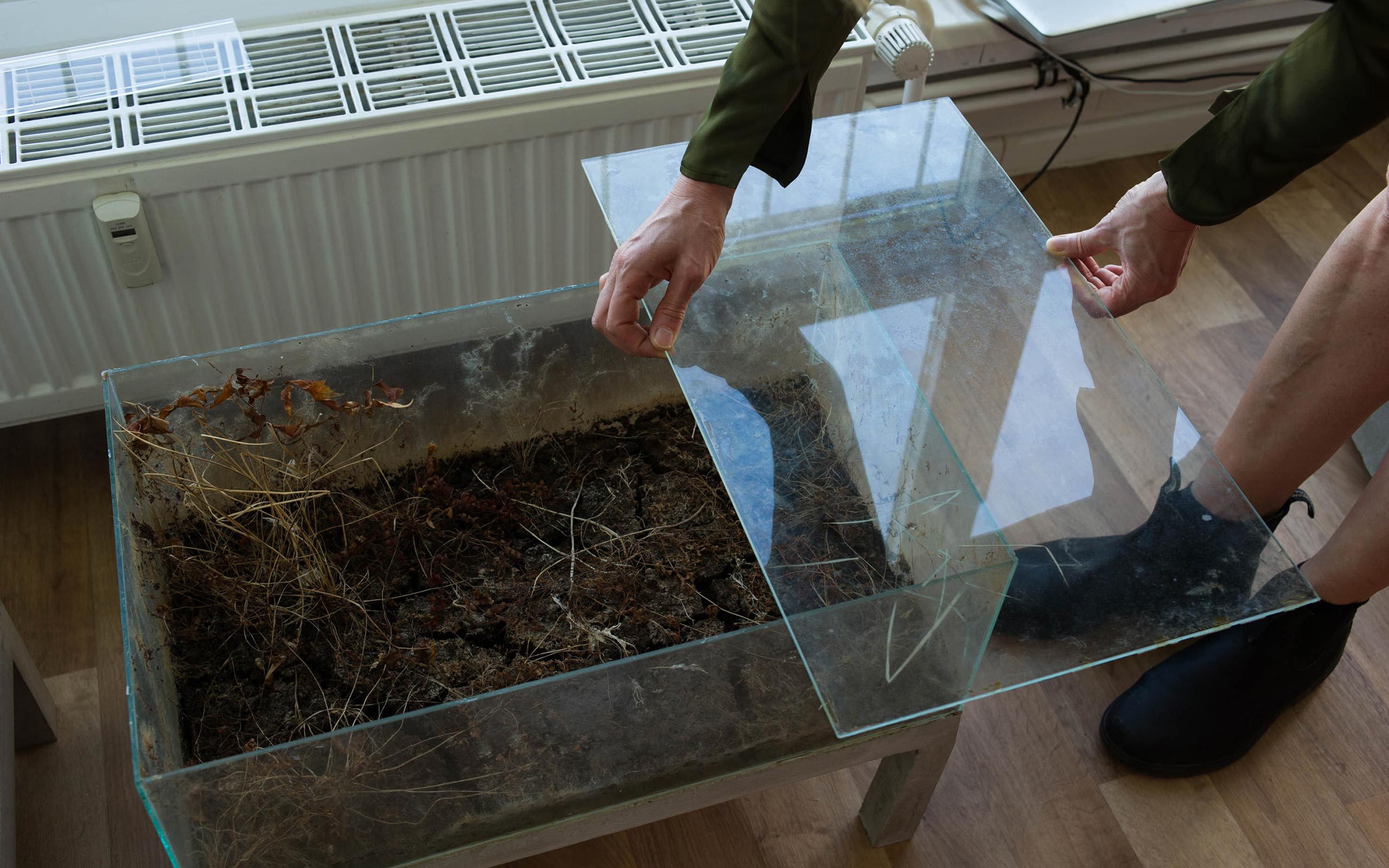
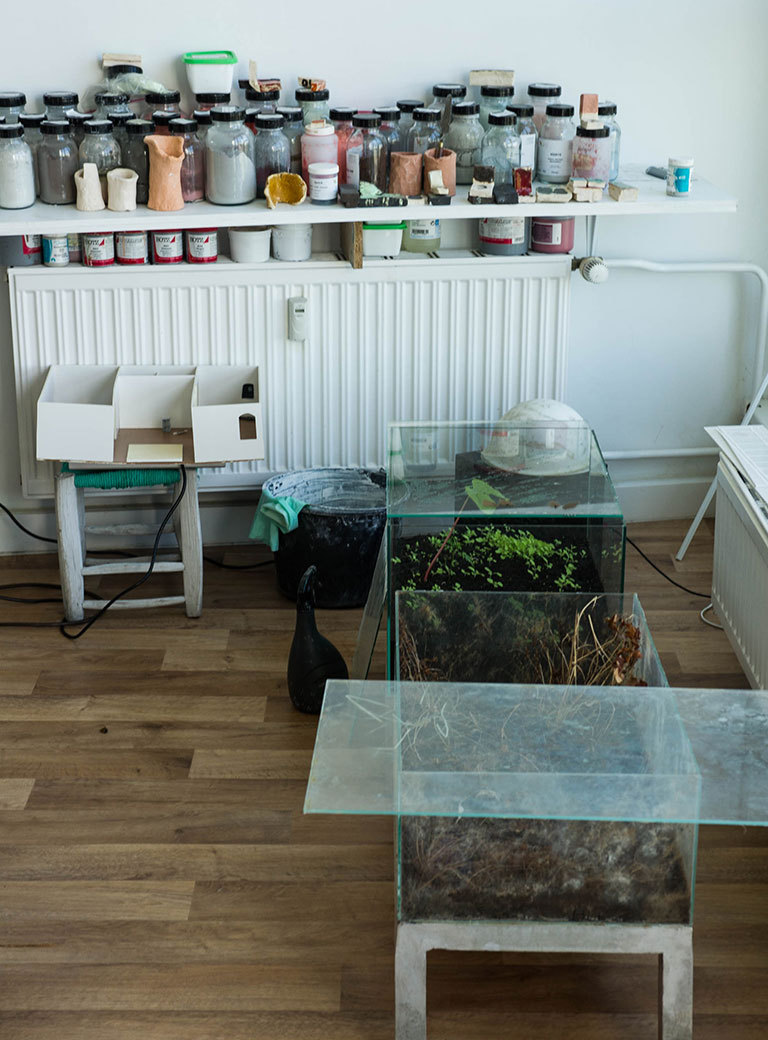
The buildings of brutalist architecture are and were considered “architectural blunders”. These perceptions changed only slowly and the aspect of “blunder” disappeared. But why did it take so long?
The preferences of architecture change with the aspirations. Brutalism is considered postwar architecture and its buildings are reminiscent of bunkers or of Socialism. Many people consider it ugly but also as unpleasant. They long for a romanticism of a past, a golden time in order to be able to forget the postwar years. What is considered architectural blunder and what not will be determined by various generations or by time. Currently many people aspire apartments in Paris or villas in Italy, not caring whether they are reconstructed. They love parquet flooring and double doors, even if the parquet is plastic. Perhaps they lack the necessary distance to the war in order to be able to appreciate the particularity of brutalist architecture. The next generation will love concrete floors and see something very pleasant and beautiful in them. By the way, my longings are inspired by the Barbican Estate in London.
Is there a modern architect whose buildings have inspired you particularly?
Some weeks ago I was in Madrid and looked at Miguel Fisac’s buildings that excited me a great deal. These buildings have been partly demolished, others are disintegrating and some are being restored. On the basis of the architecture of a place one learns a lot about a city and its development and that is very exciting to me. Furthermore I appreciate the private house as well as the Museau de Arte de São Paulo by Lina Bo Bardi. Among the brutalists I consider Claude Parent an interesting architect, even though he was a snob who preferred to built nuclear power plants. In past weeks I have involved myself a lot with Le Corbusier who made clear to me why modernism touches me so deeply.
At Art Cologne 2018 you will show a solo presentation and you are also represented in three galleries.
The idea goes back to my gallery in Paris, Jocelyn Wolff. My works are very complex; I use a number of different materials like concrete, ceramics, textiles, and glass. Additionally I paint gouaches. Technique is always in the foreground of my artistic work, and we want to present the complexity and numerous aspects of my work. In agreement with the galleries Galerie nächst St. Stephan and Esther Schipper as well as Jocelyn Wolff, a solo presentation has been confirmed. I am very happy with this decision; it is extremely encouraging that such cooperation has materialized between these galleries.
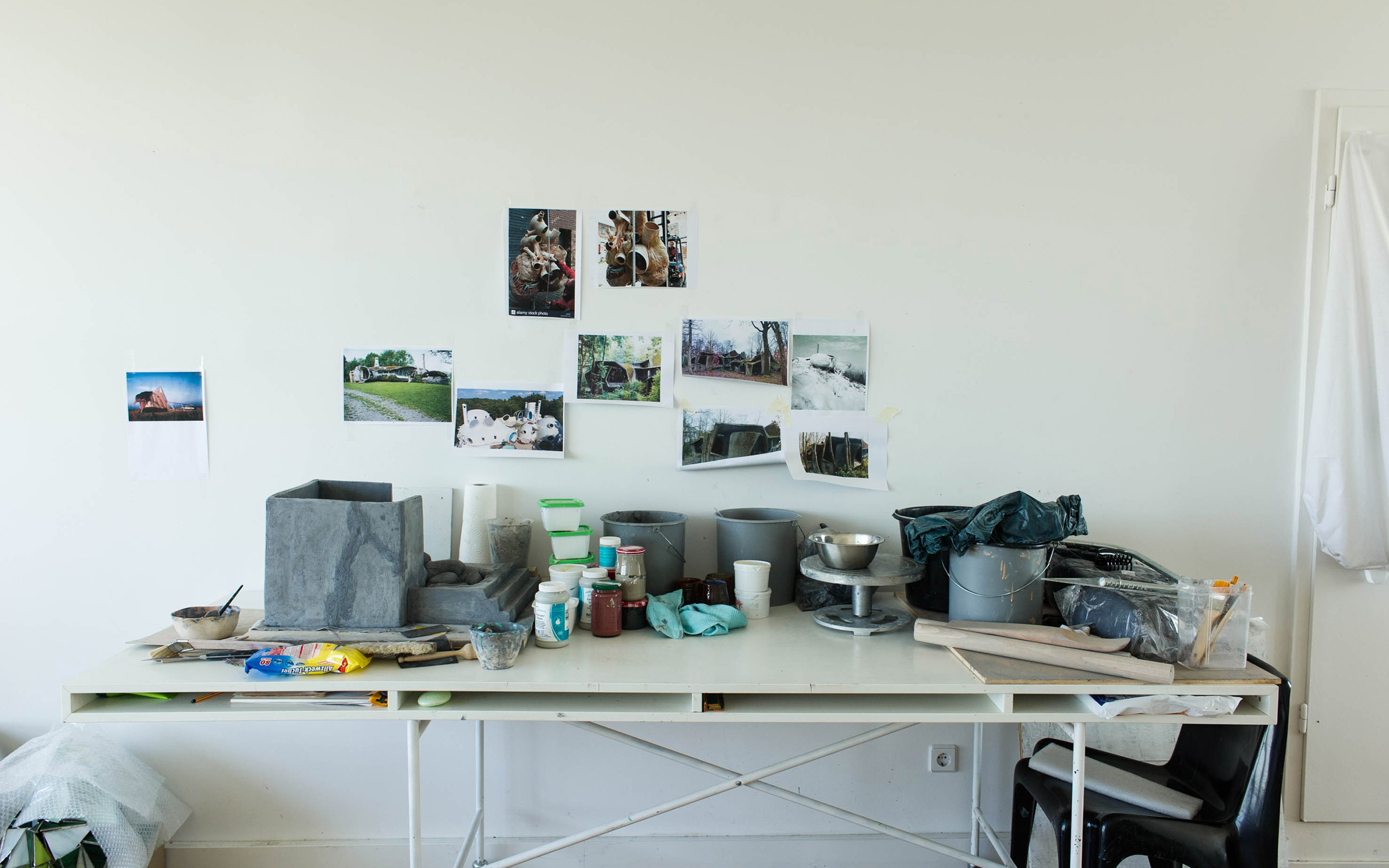
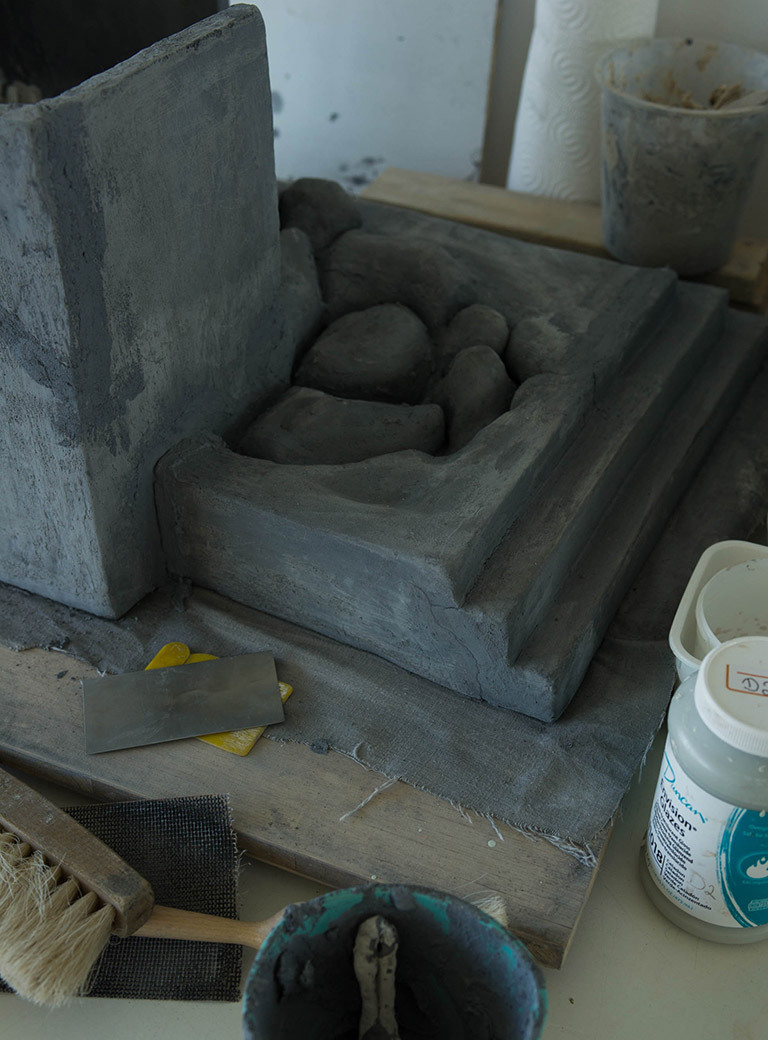
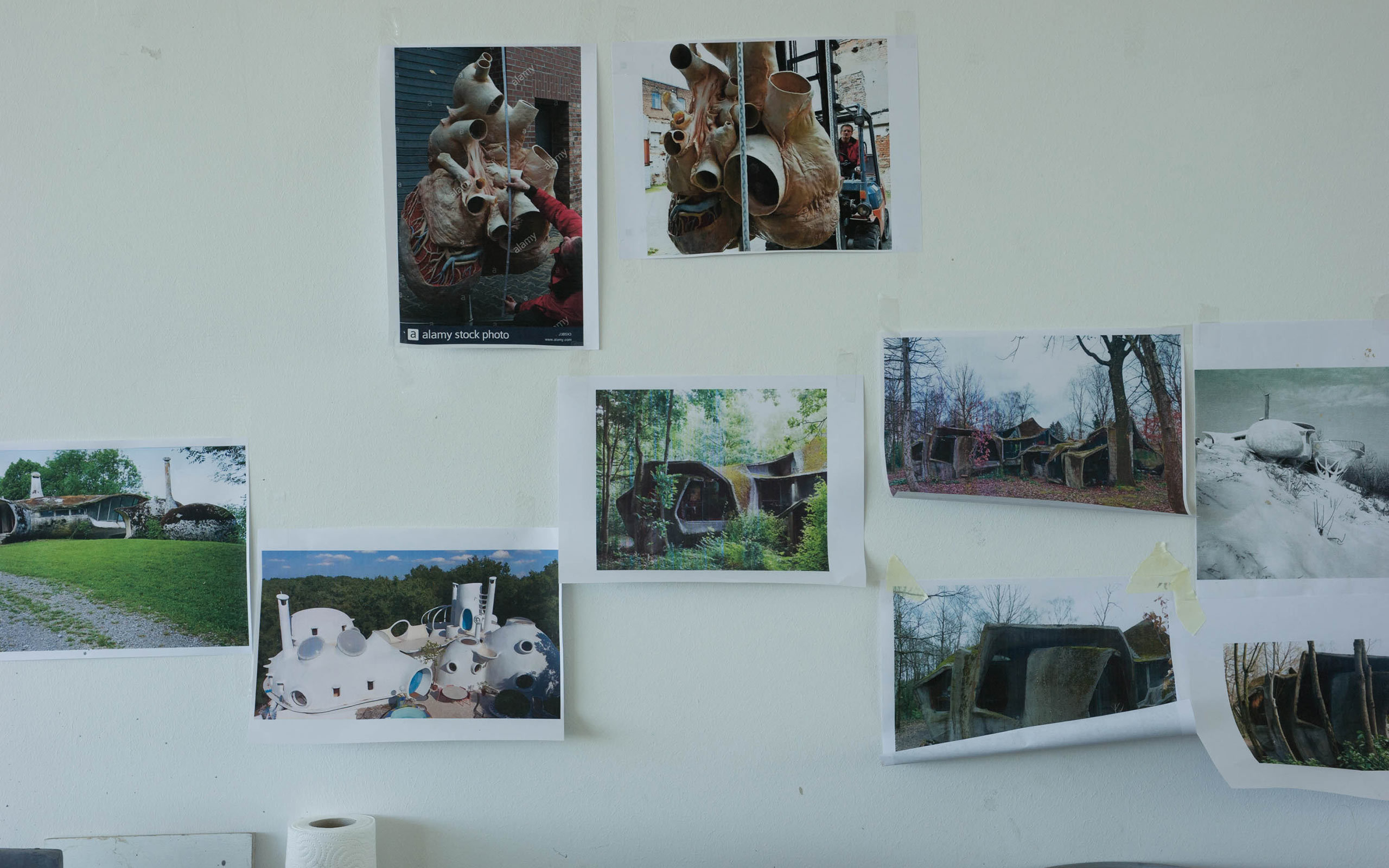
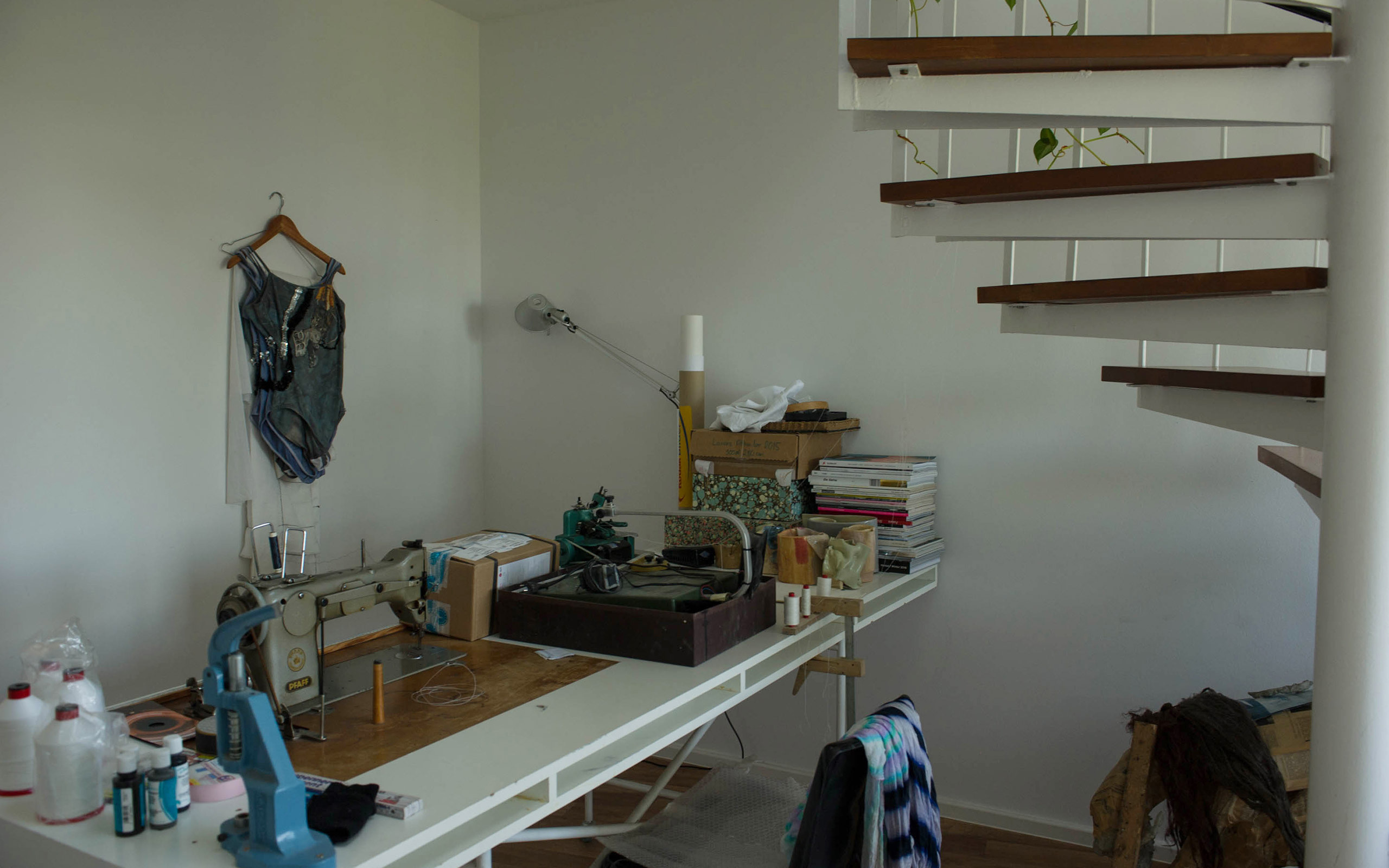
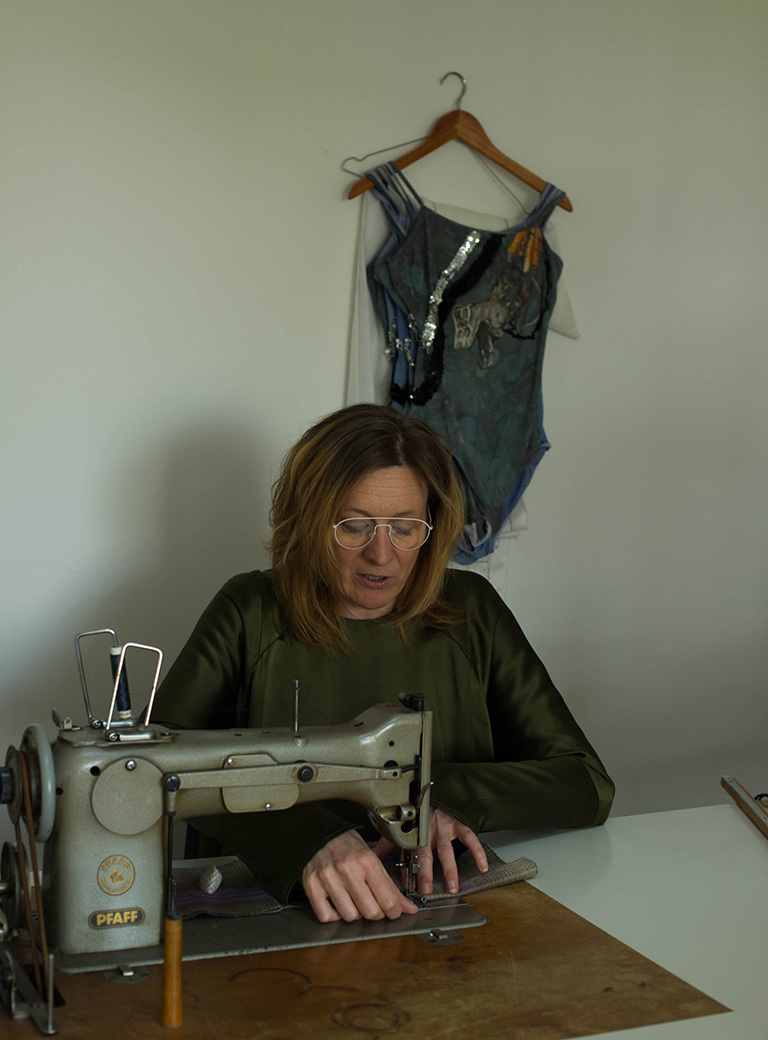
How does one utilize so much available space as that provided at the art fair?
I work in a very space related way and in an art fair the allocated area is to me, more to be considered a “non space”. Directly in front of my presentation area a huge pillar stands causing my exhibition space to not appear as open as I first expected. Therefore, directly next to the pillar, I will place a work from 2012 in which I recreated the support column of the German Pavilion in Barcelona by Mies van der Rohe. This reconstruction will serve as commentary and will support my fair booth intellectually. In addition, I will show ceramic works from the series Communication with the rotten past, and a hyperboloid construction in order to create a very fine and transparent space.
How much explanation do your complex installations require?
One should indeed know something, in order to understand my works. I consider the challenge to think important and art should be allowed to be somewhat demanding. My work is neither decorative, nor is it visually delicate, rather it possesses a certain esthetic in which its contextual component is always inscribed into the material. This establishes so to speak, my handwriting, which in my view has a high recognition value.
What are you presently working on and in or with which location?
In the near future I will dedicate myself to the city of Montbéliard. The city was once a real worker city and accommodated Peugot’s largest factory. The neighboring city of Sochaux houses a Peugot Museum opened in 1988. Places who once were thriving industrial cities and now seem almost forgotten seem to attract me. As exhibition space in Montbéliard serves the historically first “showroom” of Peugot Le 19 crac. Contextually I will hike to Ronchamp and work with the chapel Notre-Dame-du-Haut which was built after plans by Le Corbusier.

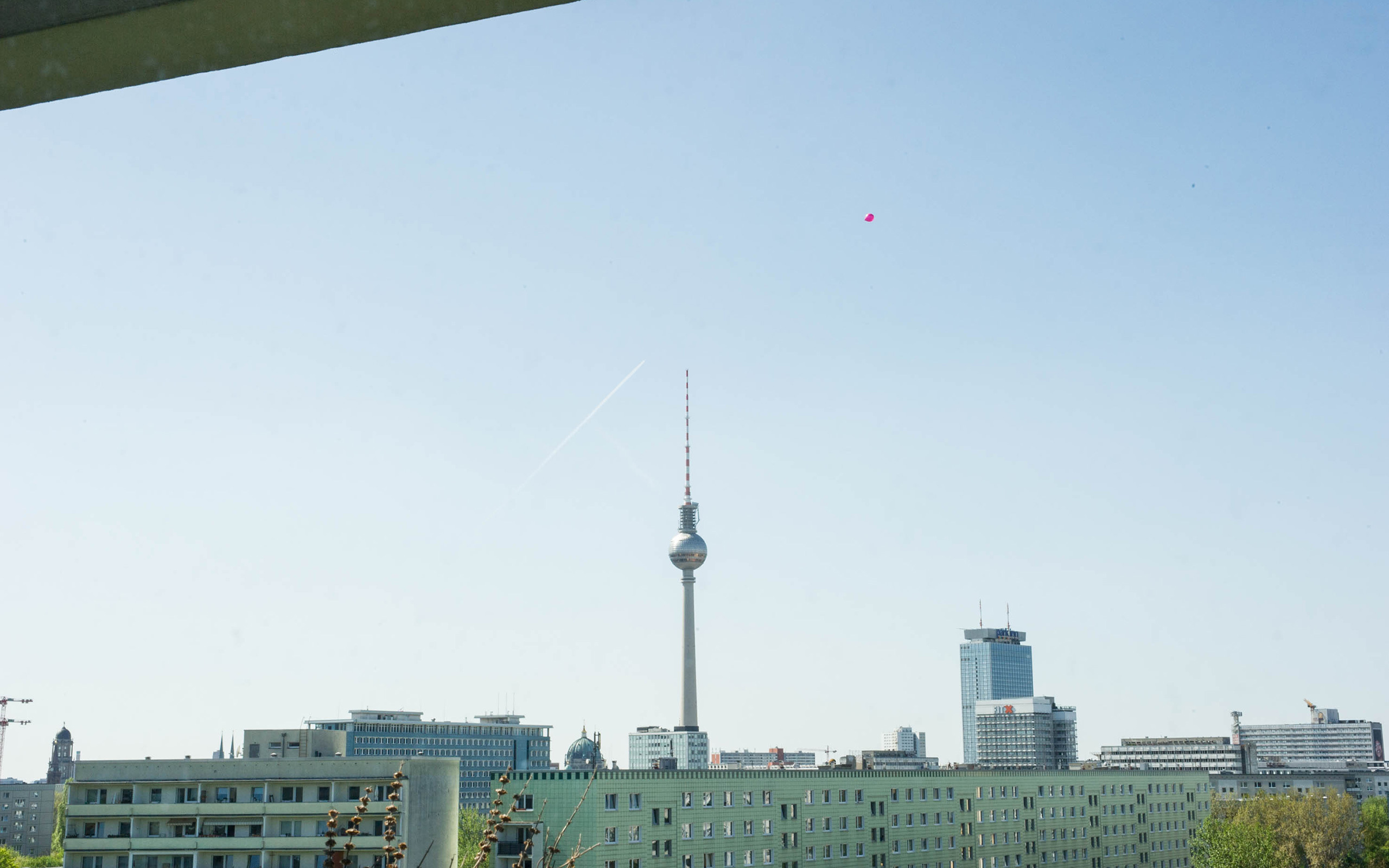
Interview: Alexandra-Maria Toth
Photos: Kristin Loschert
Links: Isa Melsheimer's websiteGalerie nächst St. Stephan, Rosemarie Schwarzwälder Galerie Jocelyn WolffEsther Schipper


